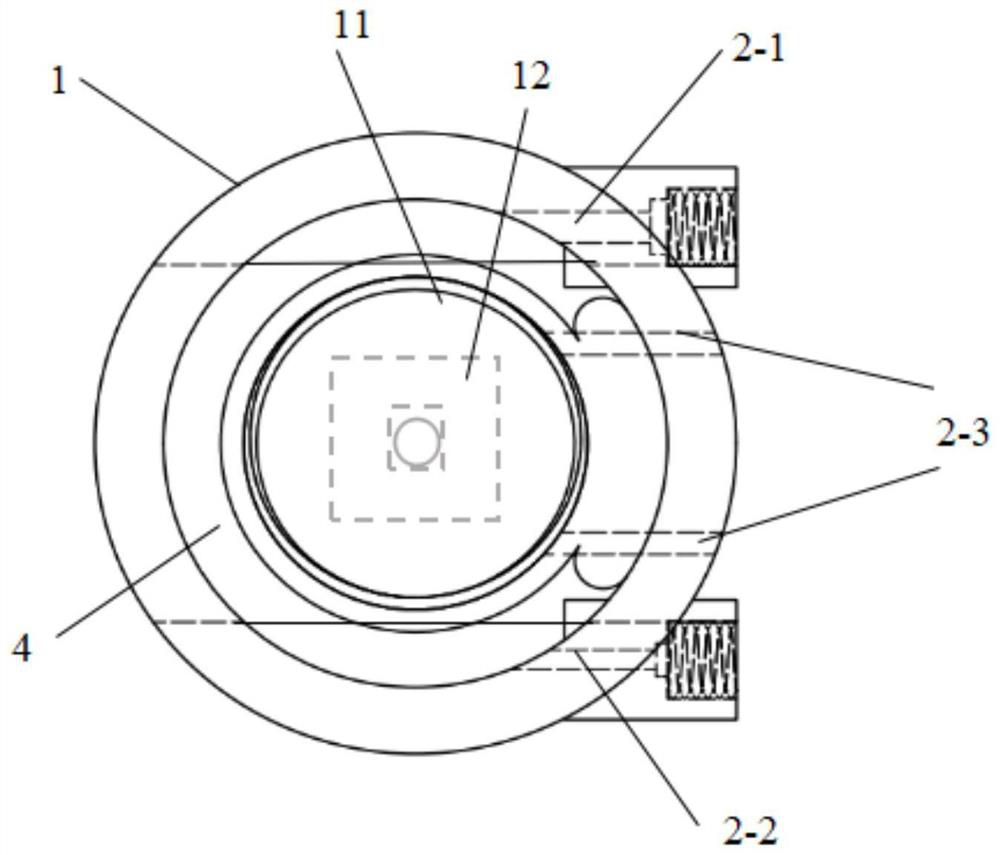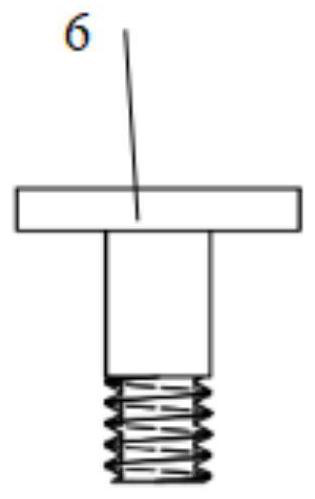Chip-based micro-electrochemical cell in-situ multi-field analysis testing device, method and application
A technology based on micro-electrochemical and testing devices, which is applied in the field of in-situ multi-field analysis and testing devices for chip-based micro-electrochemical cells, and can solve the requirements for testing and installation that cannot be applied to water-based electrolyte systems and are not suitable for chip-based micro-electrochemical cells. High problems, to achieve the effect of low assembly technology content, low assembly rate and easy operation
- Summary
- Abstract
- Description
- Claims
- Application Information
AI Technical Summary
Problems solved by technology
Method used
Image
Examples
example 1
[0083] refer to Figure 11 Shown, Shown WS 2 In situ electrochemical reaction studies:
[0084] Experimental setup: see Figure 11 , a schematic diagram of instrument connection for in-situ electrochemical reaction testing, including an electrochemical reaction workstation, a microscope and an in-situ electrochemical reaction cell connected to the present invention.
[0085] Experimental method: In this example, DH7003 electrochemical workstation, cossim CMY-100 microscope, and in-situ reaction cell provided by the present invention were selected as experimental instruments. The experimental steps are: the WS 2 The chip-based micro-electrochemical cell is placed on the storage rod 6, suspended and screwed with the cylinder rod 7, and put into the storage rod hole 8. Will WS 2 WS of chip-based microelectrochemical cells 2 Align the test micro-area with the observation window, tighten the base 9 and the reaction pool main body 1, and place the WS 2 The gold electrode of t...
example 2
[0088] see Figure 11 Shown, Shown WS 2 In situ Raman study of electrochemical reactions:
[0089] Experimental setup: see Figure 11 , a schematic diagram of instrument connection for in-situ electrochemical Raman testing, including a laser Raman spectrometer, an electrochemical workstation and an in-situ reaction cell connected to the present invention.
[0090] Experimental method: In this example, DH7003 electrochemical workstation, WITec UHTS 300 Raman spectrometer, and in-situ reaction cell provided by the present invention were selected as experimental instruments. The experimental steps are: the WS 2 The chip-based micro-electrochemical cell is placed on the storage rod 6, suspended and screwed with the cylinder rod 7, and put into the storage rod hole 8. Will WS 2 WS of chip-based microelectrochemical cells 2 Align the test micro-area with the observation window, tighten the base 9 and the reaction pool main body 1, and place the WS 2 The gold electrode of the ...
PUM
| Property | Measurement | Unit |
|---|---|---|
| diameter | aaaaa | aaaaa |
| diameter | aaaaa | aaaaa |
Abstract
Description
Claims
Application Information
 Login to View More
Login to View More - R&D
- Intellectual Property
- Life Sciences
- Materials
- Tech Scout
- Unparalleled Data Quality
- Higher Quality Content
- 60% Fewer Hallucinations
Browse by: Latest US Patents, China's latest patents, Technical Efficacy Thesaurus, Application Domain, Technology Topic, Popular Technical Reports.
© 2025 PatSnap. All rights reserved.Legal|Privacy policy|Modern Slavery Act Transparency Statement|Sitemap|About US| Contact US: help@patsnap.com



